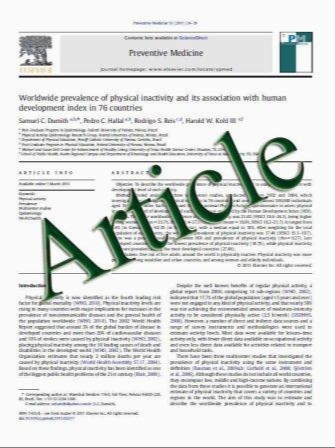Evaluation of Motility Changes after Laparoscopic Sleeve Gastrectomy Using Magnetic Resonance Imaging
- نوع فایل : کتاب
- زبان : انگلیسی
- مؤلف : Salvatore Francesco Carbone & Leonardo Di Cosmo & Andrea Tirone & Alessandra Bancheri & Giuseppe Vuolo & Luca Volterrani
- چاپ و سال / کشور: 2011
Description
We agree with the authors about the increasing of antral peristaltic velocity in these patients with significant reduction of gastric emptying T1/2. We have evaluated nine patients using a MR technique previously described [2], with time delay from surgery of 4–10 months, using 120 ml of vanilla pudding as gastric load (not published data), with quantitative data obtained in consensus by two observers. We have found a gastric emptying half-time of 24.02±8.16 min with a speed of antral peristalsis of 1.72±0.38 s; while in a control group of 11 subjects (population characteristics in [2]), these parameters were respectively of 101.78±41.69 min and 1.37 ±0.25 s (p=0.0004 and p=0.0042, respectively). We add that in our experience, we evaluated the gastric motility for 30 min, observing a physiological increase of antral motility in control group, as previously referred, while this change is not present in LSG patients (p=0.372, Fig. 1). So, we would like to emphasize the neurohumoral mechanisms that could affect this modifications in LSG, as correctly suggested by the authors, but also the kind and the amount of gastric load could have some influences on quantitative data sampling. This can explain the lower antral speed detected in our controls compared to that referred by the authors in the presurgical assessment [1, 2]. In this regard, we would like to warn the authors about the use of water that could produce a drawback in quantitative assessment due to influence of posture and gravity for liquids in gastric emptying [3, 4]; furthermore, steady-state imaging with a semisolid homogeneous food (like pudding) could be more achievable for gastric function evaluation, because of the marked contrast between stomach and neighboring structures produced by this kind of food [5]. Another limitation, in our opinion, concerns the need to evaluate the reproducibility of data extrapolation from imaging over all for antral speed assessment. In fact, the measurement of peristaltic wave speed is feasible with a good confidence in unresected stomach, as we assessed previously [2], but it could be difficult when gastric anatomy is modified by surgery. We found a not significant interobserver agreement for our data (k=0.042) about antral speed parameter, while the agreement was significant for gastric emptying evaluation (k>0.75).
OBES SURG DOI 10.1007/s11695-011-0476-0


